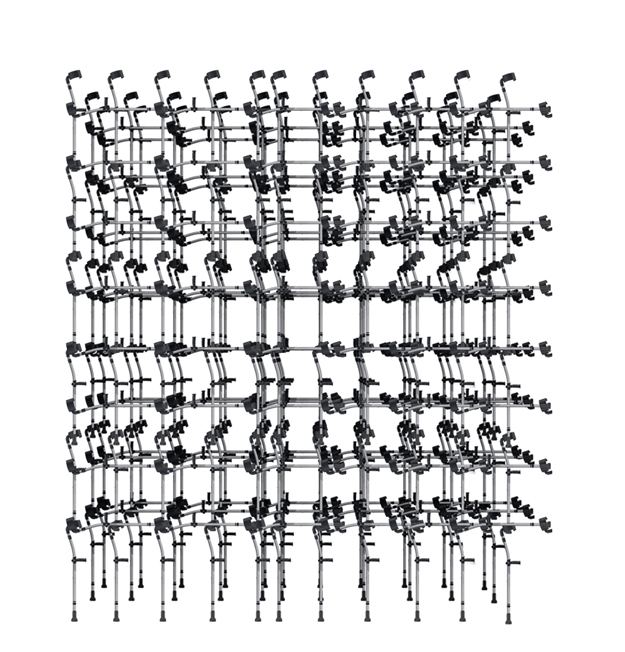
KARACHI: As one walked past the registration desk set up by Karachi Biennale, 2017 (KB17) organisers on the ground floor of the Narayan Jagannath (NJV) High School, what stood out the most was the hauntingly beautiful sight of a taxidermied donkey, displayed at a strategic position in the middle of one of the institution's spacious corridors.
With a cringing look of despair and two television sets, hanging on either side of the donkey, artist Aamir Habib's sculptural installation 'Already Eaten' was a comment on the burden borne by the working class and society's mindless, almost indifferent treatment of them. The two television screens played a black and white clip of people clapping and laughing, which was a visual representation of the "hollow praise and broken promises" given to the working class by the elite.
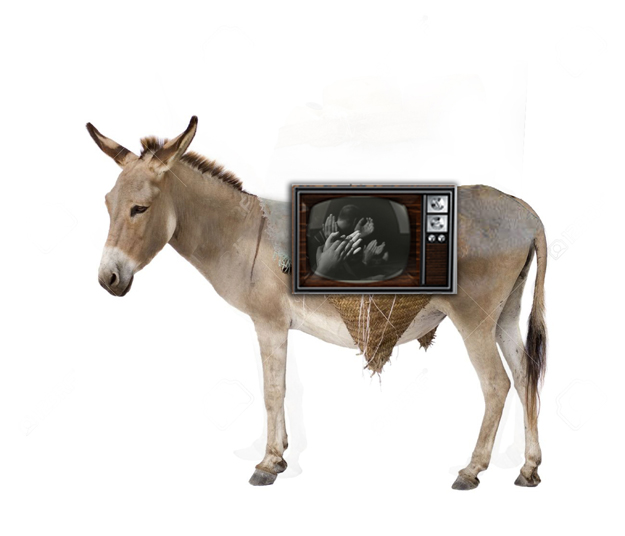 Already Eaten, 2017 by Aamir Habib
Already Eaten, 2017 by Aamir HabibIn an effort to uplift the hope and resilience of society and shift the thinking of individuals and situations through a representation of them and their surroundings, a Special Exhibition Tour with artist and Indus Valley School of Art and Architecture teacher Roohi Ahmed was organised on Wednesday as part of the two-week Biennale. The tour started from the Jamshed Memorial Hall and ended at the NJV school.
Stopping by each art installation with a surprisingly small group of people, Ahmed explained in detail the creative process behind, purpose of and material used in each installation.
With 44 artists' works on display at the NJV School and 11 artists' work at Jamshed Memorial Hall, all KB17 exhibitions are open to the public between 10am and 6pm till November 5.
Strings attached
Creating an art piece with puppets for the first time, artist Ayaz Jokhio's installation on the second floor of NJV school was a 'metaphorical' comment on our education system. Placed in the perfect location of a school, the installation was an imitation of a common classroom setting at a public school - students sitting in rows at their desks, except the students were replaced by marionettes.
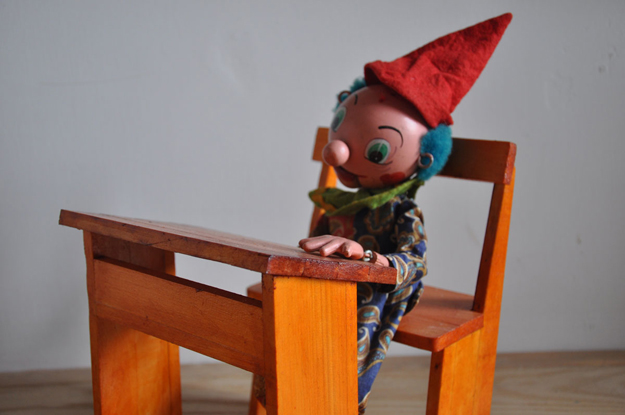 Untitled, 2017 by Ayaz Jokhio
Untitled, 2017 by Ayaz JokhioWhen one opened the door and entered the classroom, all the puppets stood up as if to greet a teacher, representing the obedient and robotic-like mechanism being taught to the youth of today. When the door closed, the puppets sat back down - just as we do.
Self-created structures
Set up in the main foyer area at NJV, Lahore-based artist Syed Safdar Ali's 'Installation with crutches' was up next. Constructing a cage-like cubic structure from crutches, Ali's installation created a visual metaphor representing the rigid social structures in which we inhabit our daily existence.
 Crutches by Syed Safdar Ali
Crutches by Syed Safdar Ali"My work takes as its starting point the contradiction between our distrust of social structures and our desire to fit into them," according to Ali.
VIP movements
"Barricades, entrenchments and barriers that were introduced to cordon off areas during unrest in Karachi are now an integral part of the city's landscape. The security infrastructure that looked alien at the time of its inception has become a regular feature in public spaces and government institutions," artist Seema Nusrat wrote, describing her installation, 'Containing the Metropolis'.
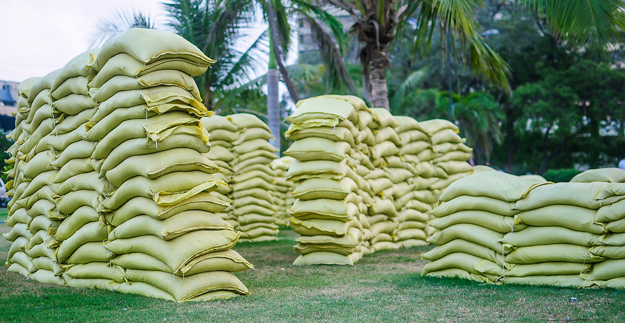 Containing the metropolis, 2017 by Seema Nusrat
Containing the metropolis, 2017 by Seema NusratStrategically placed just below the entrance to the foyer, Nusrat's installation was many gunny bag-like sacks piled up to block the way. It aptly represented the inconvenience faced by the public because of the various VIP movements in the city.
A slice of the picture
Using photographs and a video installation of Karachi's billboards, artist Ayessha Quraishi explored life by visualising the frames of these billboards. The scale of the metal grid and how it frames the sky fascinated Quraishi. These empty frames mirrored the perspectives of individual lives that see a slice of the picture, not the entire panorama, according to her. We pass through life like birds traversing empty frames, Quraishi believed.
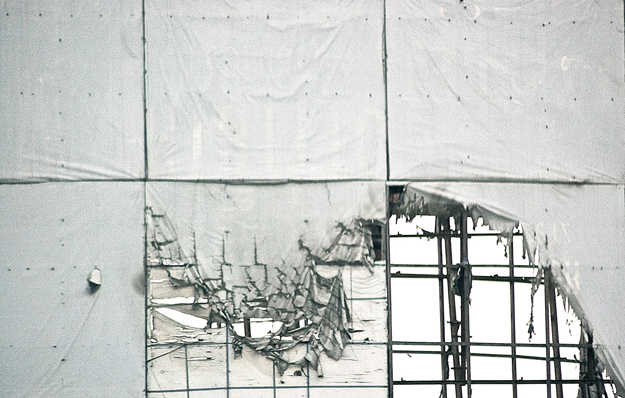 Sky Frames, 2017 by Ayessha Quraishi
Sky Frames, 2017 by Ayessha Quraishi"Our skyline is being experienced through Karachi's billboards," commented Ahmed on Quraishi's work. She is poetically saying that we are accessing our life through frames, which limits us, Ahmed added.
Quraishi's work also reflected the city being turned into a giant advertisement with every street littered with huge hoardings, many on structures so flawed they led to repeated loss of lives.





































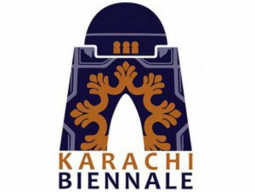
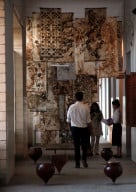




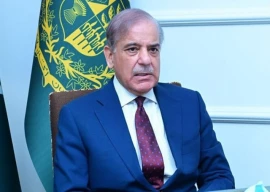















COMMENTS
Comments are moderated and generally will be posted if they are on-topic and not abusive.
For more information, please see our Comments FAQ